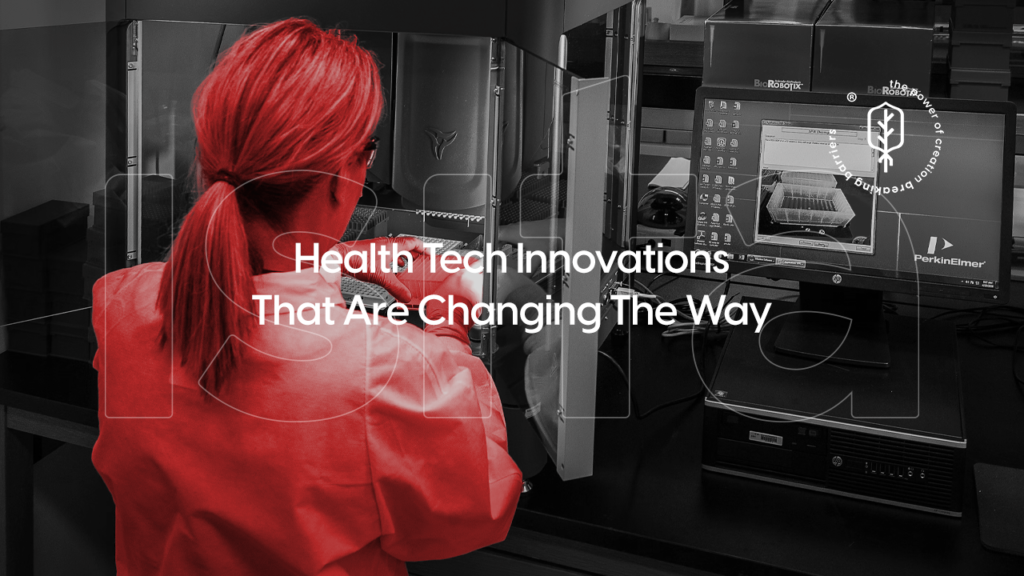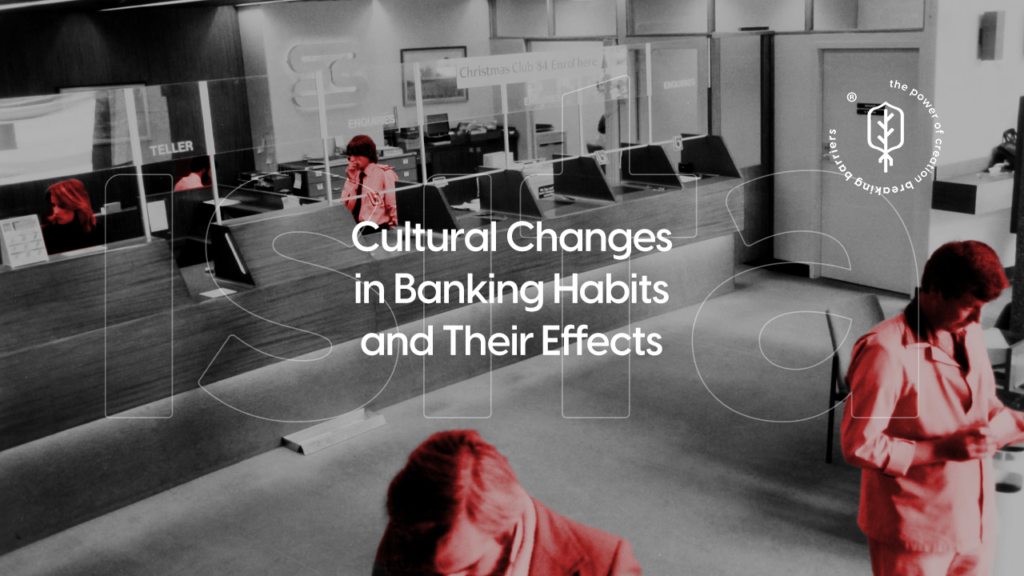The complexity of today’s technological infrastructures has led to the need to implement advanced solutions for monitoring and data management. Artificial intelligence (AI)-driven observability emerges as a fundamental approach to optimize system monitoring, allowing to identify, diagnose and solve problems more efficiently. This article explores AI observability in depth, its operation, benefits and applications in various business environments.
Definition of AI Observability
AI Observability is an evolution of traditional monitoring that provides insight into the internal state of a system by collecting, analyzing and correlating data in real time. It uses artificial intelligence and machine learning models to detect anomalies, predict failures and optimize the performance of applications and technological infrastructures.
Unlike conventional monitoring, which only collects specific metrics and logs, AI observability provides a holistic view of the system, facilitating root-cause analysis and incident response automation.
How AI Observability Works
AI observability operates through the collection of key data from different sources within an IT ecosystem. Its operation is based on three fundamental pillars:
- Real-Time Data Collection
The first step in AI observability is the capture of distributed metrics, logs and traces. This data is extracted from servers, containers, microservices and applications, providing a solid foundation for advanced analysis.
Correlation and Analysis with Artificial Intelligence
Using machine learning algorithms, AI observability analyzes patterns in data to identify anomalous behavior. The ability to correlate events in real time makes it possible to detect failures before they impact business operations. - Response Automation and Remediation
The implementation of automated responses is a hallmark of AI observability. Through intelligent workflows, the system can proactively mitigate risks by executing automatic remediation or sending contextualized alerts to the responsible teams. - Response Automation and Remediation
The implementation of automated responses is a distinctive feature of AI observability. Through intelligent workflows, the system can proactively mitigate risks by executing automatic remediation or sending contextualized alerts to the responsible teams.
Benefits of AI Observability
The adoption of AI observability offers significant advantages in the operation and management of technological infrastructures. Among its main benefits, the following stand out:
Downtime Reduction: Early detection of failures minimizes service interruptions.
Performance Optimization: Improves the efficiency of applications and resources by anticipating problems before they affect the user experience.
Diagnostic Automation: IA speeds up incident root-cause identification, reducing manual intervention.
Scalability and Flexibility: Adapts to dynamic environments, including microservices architectures and hybrid clouds.
Better Cost Management: Resource optimization enables more efficient use of IT budget.
Applications of AI Observability in the Enterprise
AI Observability has a wide spectrum of application in various sectors and industries. Some of its main implementations include:
AI Observability in DevOps
The DevOps approach requires full visibility over systems to ensure continuous delivery and efficient operation. AI Observability enables automated error detection in CI/CD pipelines, ensuring incident-free deployments.
AI Observability in Computer Security
Threat detection benefits greatly from artificial intelligence applied to observability. Suspicious pattern identification and real-time forensic analysis improve protection against cyber attacks.
AI Observability in Cloud Infrastructure
Cloud-based architectures generate a large amount of events and logs that must be analyzed efficiently. AI Observability optimizes resource management in hybrid and multi-cloud clouds, enabling advanced control over workload allocation.
Implementing AI Observability in Enterprises
To adopt an AI observability approach in the organization, it is necessary to consider the following steps:
- Define Observability Objectives: Identify key performance indicators (KPIs) and business-critical metrics.
- Select an AI Observability Platform: There are specialized tools that facilitate the implementation of this approach, such as solutions from ISITA Tech.
- Integrate with the IT Ecosystem: Ensure that the chosen solution is compatible with existing infrastructure and applications.
- Configure Automation and Alerts: Define intelligent rules for anomaly detection and automatic response generation.
- Empower Teams: It is essential to prepare IT teams to interpret the insights generated by AI observability and take advantage of its potential.
Frequently Asked Questions about AI Observability
How is AI observability different from traditional monitoring?
AI observability enables deep and predictive analysis of systems, while traditional monitoring is limited to the collection of static metrics without advanced correlation.
What are the main AI observability tools?
There are several solutions on the market, such as Dynatrace, New Relic and Datadog, that offer advanced AI-driven observability capabilities.
Is AI observability suitable for small businesses?
Yes, the technology is scalable and can be adapted to organizations of any size, optimizing costs and improving IT operations.
Conclusion
AI observability has become an essential component for the efficient management of enterprise infrastructures and applications. Its ability to anticipate failures, improve security and optimize performance offers significant competitive advantages. Companies looking to modernize their monitoring should consider implementing advanced AI observability solutions. Find out more about this technology and its application in your business with ISITA Tech.



